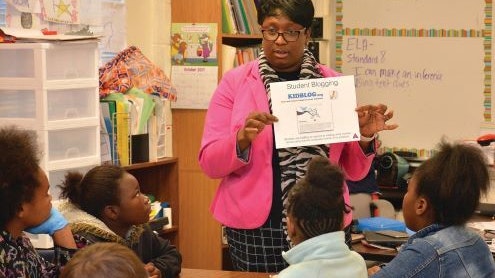Homepage
•
Learning Library
•
Blog
•
Carla Jefferson Is a Leader in Educator PD and Digital Equity
Expand breadcrumbs
Expand breadcrumbs
- Learning Library
- Blog
- Carla Jefferson Is a Leader in Educator PD and Digital Equity
- Homepage
- •
- Learning Library
- •
- Blog
- •
- Carla Jefferson Is a Leader in Educator PD and Digital Equity
Carla Jefferson Is a Leader in Educator PD and Digital Equity
By Jerry Fingal
February 18, 2021








